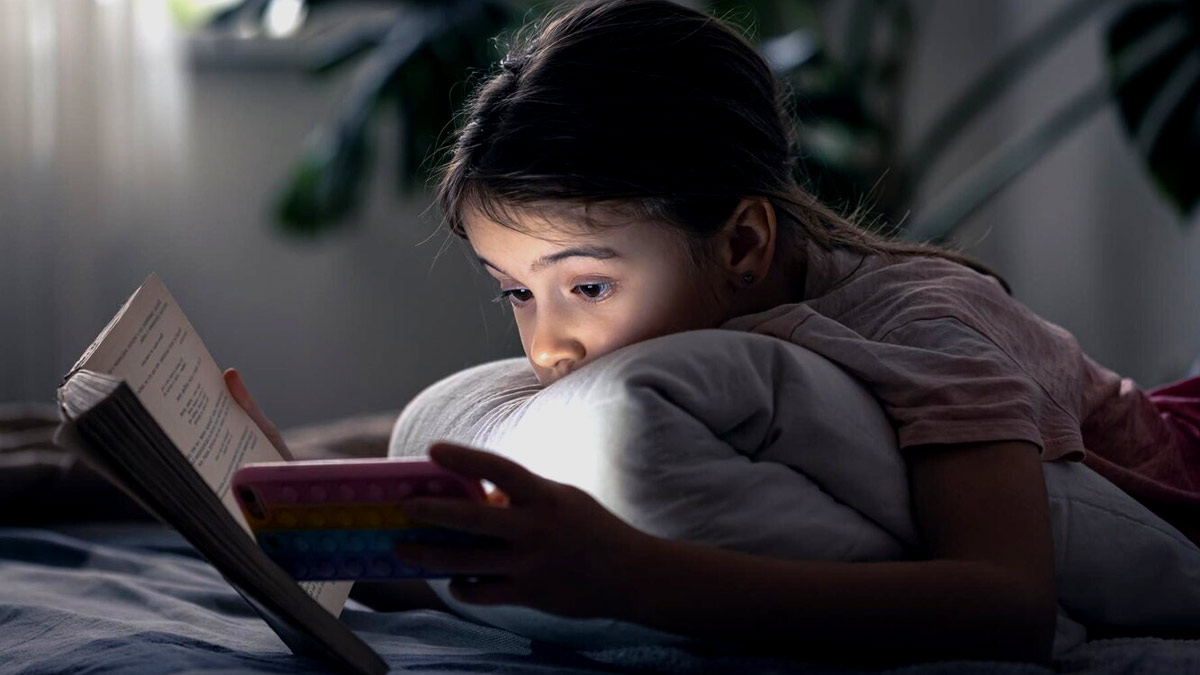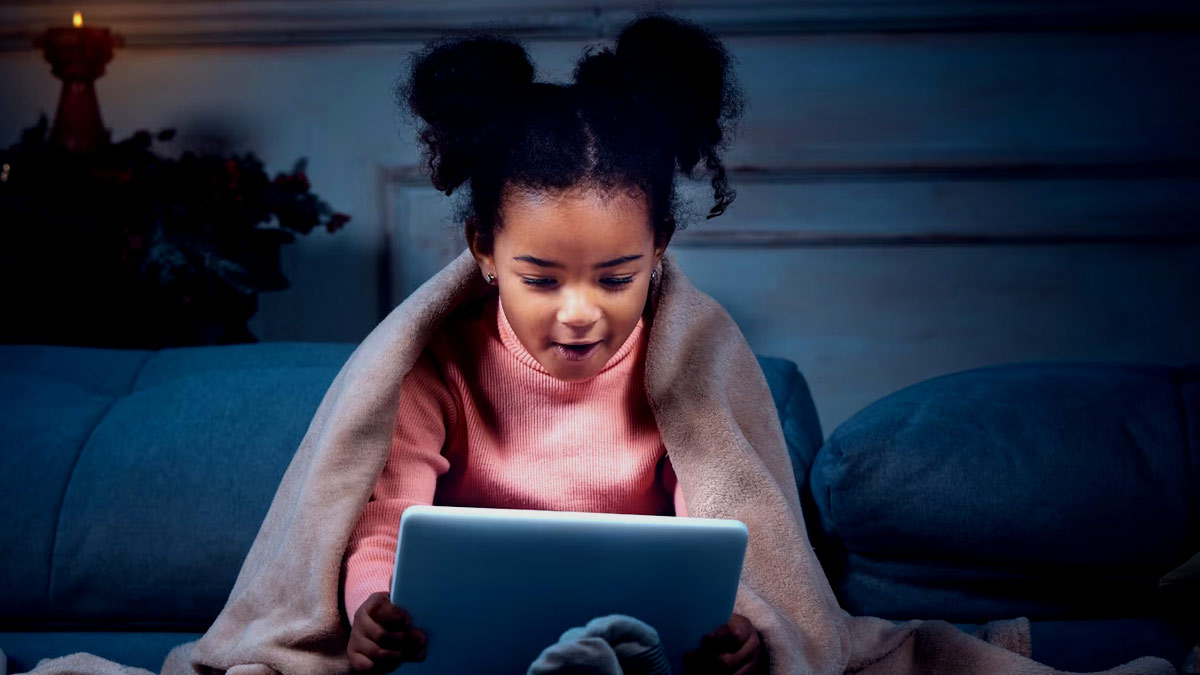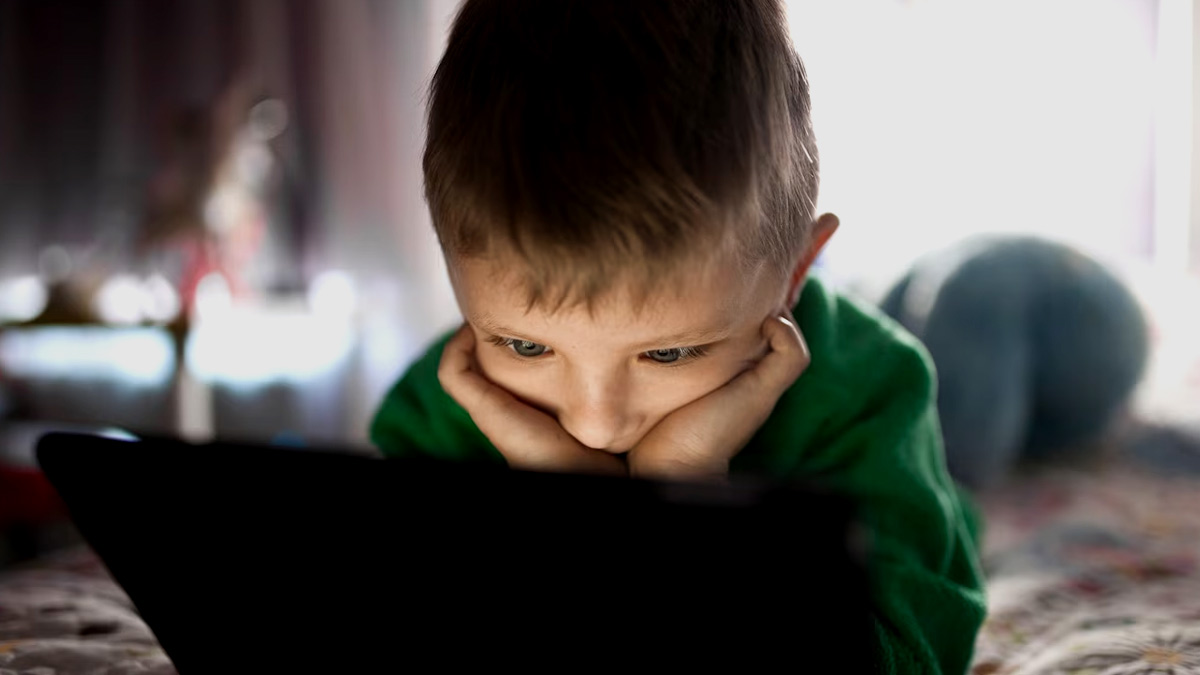

Technological advancements have proven to be a boon and bane at the same time. We’re now surrounded by gadgets and devices that make our lives easier and provide us with the information we need at the click of a button. But this has also impacted our children in several ways. Increased screen time is one of them. It refers to the amount of time children spend in front of screens, including television, computers, smartphones, tablets, and other electronic devices.
Screen time has become a topic of concern in recent years due to the increasing prevalence of digital devices and their impact on children’s development and well-being. We spoke to Dr Himani Narula, Developmental and Behavioral Paediatrician, Director and Co-founder of Continua kids, Gurgaon, to understand how the impact can be minimised.
Is There An Ideal Screen Time?

A study published in Journal of Family Medicine and Primary Care found that the average daily screen time reported was 2.5 hours for boys and two hours for girls.
“Preschoolers had greater screen time as compared to school-aged children. The children owned devices with approximately equal distribution of preschoolers and school-aged children,” the academic paper added.
According to the American Academy of Child and Adolescent Psychiatry (AACAP), children ages 8-12 in the United States spend 4-6 hours a day watching or using screens, and teens spend up to 9 hours, on average. The organisation shares a guideline to manage children’s screen time. These include:
- Until 18 months of age, limit screen use to video chatting along with an adult
- Between 18-24 months, screen time should be limited to watching educational programming with a caregiver
- For children 2-5, limit non-educational screen time to about 1 hour per weekday and 3 hours on the weekend days
- For ages 6 and older, encourage healthy habits and limit activities that include screens
The American Academy of Pediatrics however shares, “These evidence-based guidelines do not give a set screen time limit that applies to all children and teens. Because children and adolescents can have many different kinds of interactions with technology, rather than setting a guideline for specific time limits on digital media use, we recommend considering the quality of interactions with digital media and not just the quantity, or amount of time.”
Also Read: Common Food Allergies In Babies: Here’s What Parents Need To Watch out For
Ways To Minimise Screen Time In Kids

Dr Narula says, “Reducing screen time in kids can be done gently and gradually.
At first parents need to set a good example as being a role model and limiting their own screen time shows kids the importance of balance.”
Secondly, parents need to communicate with their kids, explaining the reasons behind reducing screen time and involving them in the process, says the doctor, adding, “They can also establish screen-free zones like having designated specific areas in the house where screens are not allowed, like the dining table or bedrooms.”
According to Dr Narula, offering alternative activities like encouraging children to play outdoor reading, arts and crafts, or family games can act as an alternative to screen time.
Also Read: Growth In Children: Foods That Can Help Your Child Grow
Most importantly, parents must not forget to create a schedule. Setting up specific times for screen use and sticking to them consistently can help tremendously.
If the above measures do not help, opt for using parental controls to limit access to certain apps or websites. “Replacing screen time with hobbies can support their interests in non-screen activities to keep them engaged. If the child is used to excessive screen time, gradually decrease it to avoid abrupt,” the doctor says.
“Remember, the goal is to find a healthy balance that allows kids to enjoy technology responsibly while engaging in other enriching activities,” she concludes.
اكتشاف المزيد من ينبوع المعرفة
اشترك للحصول على أحدث التدوينات المرسلة إلى بريدك الإلكتروني.
